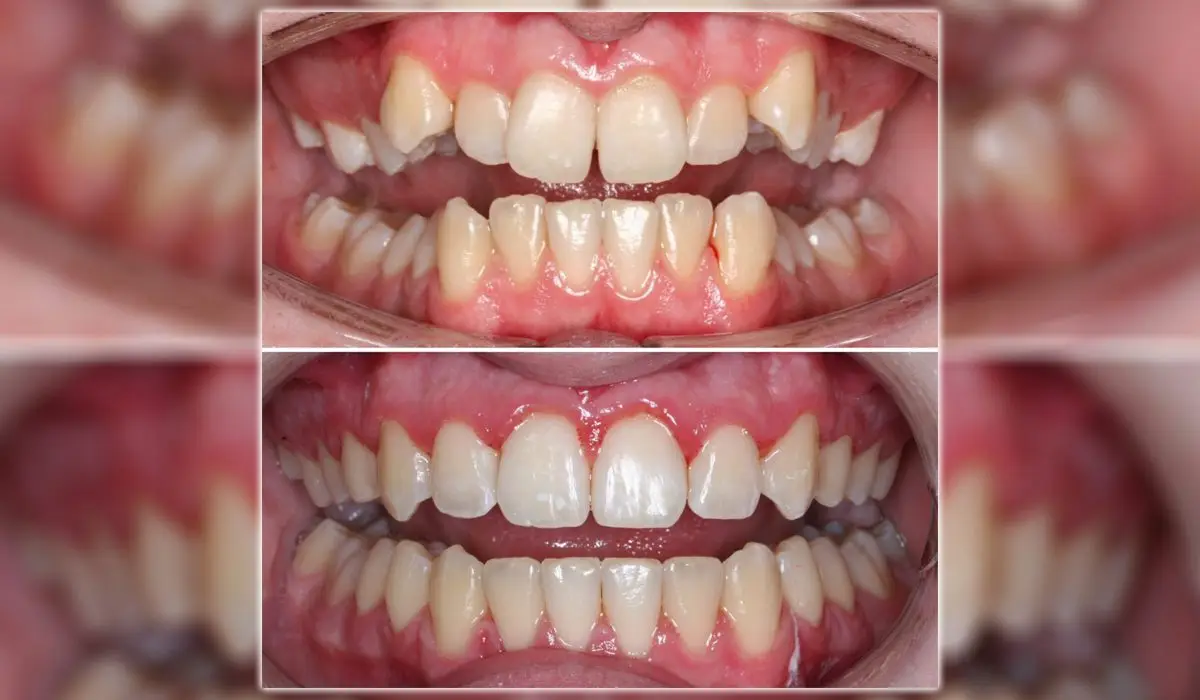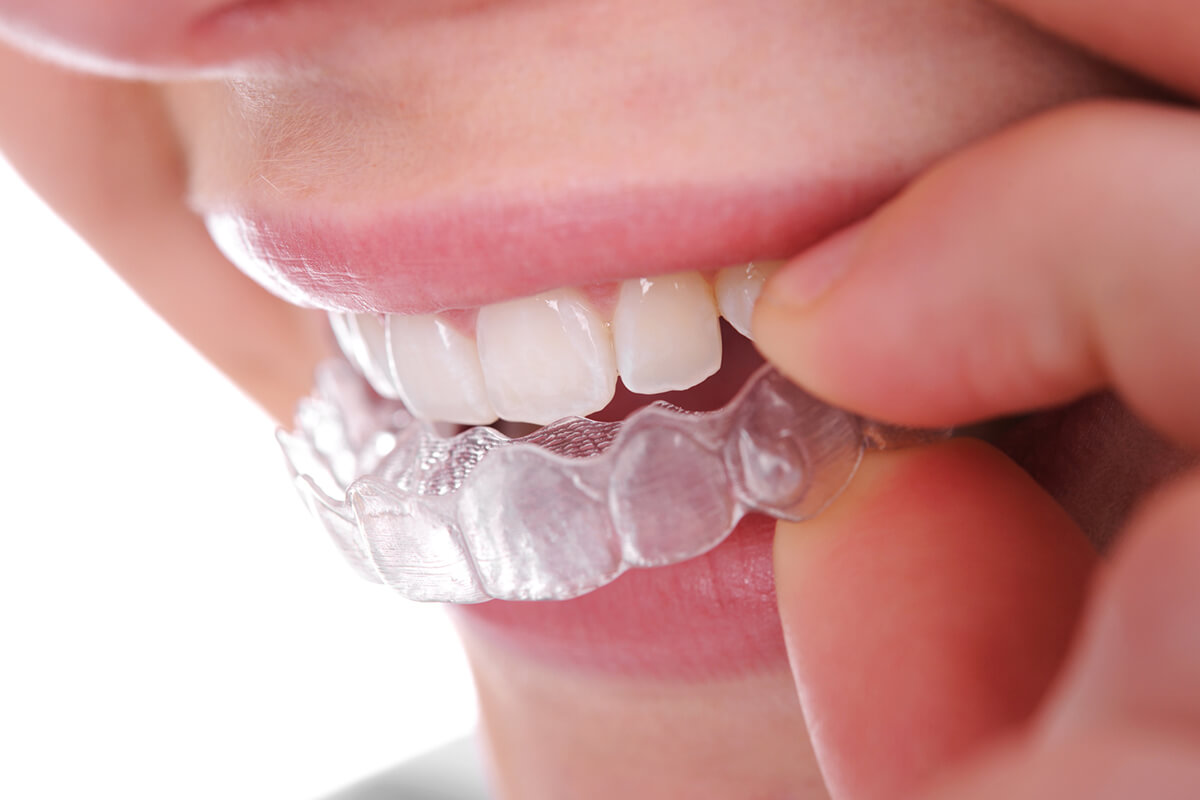The Price of Invisalign: Comprehending the Investment in Your Smile
The Price of Invisalign: Comprehending the Investment in Your Smile
Blog Article
Invisalign vs. Traditional Braces: Which Option Is Right for You?
When considering orthodontic therapy, the selection in between Invisalign and typical dental braces offers numerous vital factors that warrant cautious evaluation. Invisalign provides a very discreet alternative with detachable aligners, while conventional braces supply an extra visible yet reliable solution for extreme imbalance. Each alternative encompasses unique advantages and drawbacks connected to visual appeals, convenience, treatment period, and expense. Comprehending these nuances is vital for making an informed decision that lines up with your individual preferences and way of living. The question stays: which alternative will finest fulfill your orthodontic needs and assumptions?
Summary of Treatment Alternatives

On the other hand, typical dental braces consist of metal brackets and cords that are bonded to the teeth. This approach uses continual pressure with time to accomplish alignment. While efficient for intricate orthodontic concerns, standard dental braces require regular visits for adjustments and can position difficulties in preserving oral health as a result of the problem of cleaning up about braces and cables.
Both options have their benefits, and the choice typically rests on particular dental conditions, way of life preferences, and patient compliance. Inevitably, speaking with an orthodontic expert is important for determining the most suitable treatment strategy customized to private requirements. Understanding the nuances of each option can substantially affect the general success of orthodontic therapy.
Visual Considerations
A significant factor affecting the selection in between Invisalign and traditional dental braces is the visual appeal each treatment supplies. Invisalign aligners are crafted from clear plastic, making them virtually invisible when used.
On the other hand, conventional dental braces are composed of steel brackets and wires, which can be much more recognizable. While developments in orthodontic innovation have caused the development of smaller brackets and colored elastics, typical braces still keep an even more noticeable profile. For some individuals, the presence of braces might deter them from seeking necessary therapy.
Eventually, the choice between Invisalign and traditional dental braces may rest on personal preferences pertaining to appearances. People that focus on discernment typically favor Invisalign, while those who are less concerned concerning presence may select typical braces. Comprehending the aesthetic ramifications of each alternative is important for making an informed decision that aligns with one's lifestyle and preferences.
Convenience and Convenience

In terms of convenience, Invisalign aligners are detachable, enabling clients to appreciate their preferred foods without restriction and keep optimal oral hygiene. Brushing and flossing are streamlined, as the aligners can be obtained during these regimens, whereas typical dental braces require mindful steering around braces and cords.
In comparison, standard dental braces require regular modifications, making them much less hassle-free for those with busy routines. On the whole, the convenience and comfort of Invisalign make it an appealing selection for several individuals looking for orthodontic treatment.
Therapy Duration and Effectiveness
While both Invisalign and traditional dental braces work in fixing dental imbalances, the duration of treatment can differ significantly in between both alternatives. Typically, Invisalign therapy can take anywhere from 12 to 18 months, relying on the intricacy of the situation. The clear aligners work by gradually moving blog teeth right into their desired placements, and routine follow-ups with an orthodontist aid guarantee progress remains on track.
On the other hand, typical braces usually need a longer dedication, usually varying from 18 months to three years. This is because of their set nature and making use of braces and cables, which can be extra reliable for intricate instances and extreme imbalances (Invisalign). The therapy effectiveness of standard braces is well-documented, as they enable specific adjustments and greater control over tooth movement
Eventually, the choice between Invisalign and traditional dental braces might pivot on both the awaited treatment period and the certain dental problems at hand. Consulting with an orthodontist is critical, as they can give tailored recommendations based upon specific needs, making sure the selected technique aligns with desired end results and timeframes.
Expense Comparison and Insurance Coverage Alternatives
Cost plays a significant duty in the decision-making procedure for individuals thinking about orthodontic therapy, whether opting for Invisalign or traditional braces. Usually, the cost of Invisalign ranges from $3,000 to $8,000, while traditional braces commonly cost in between $2,000 and $6,000. Elements affecting these costs include the complexity of the situation, the duration of treatment, and geographical location.
Numerous oral insurance strategies supply partial protection for orthodontic treatments, but the specifics can differ widely. Normally, conventional dental braces might be more regularly covered by insurance plans contrasted to Invisalign, which some insurance providers categorize as a cosmetic procedure.
Additionally, a number of orthodontic practices provide adaptable layaway plan, making both therapy choices a lot more accessible. People must inquire regarding potential financing choices and discount rates for in advance repayments. Evaluating the total expense, consisting of insurance advantages and payment strategies, is necessary for making a notified choice that aligns with both visual choices and budget factors to consider.

Verdict
In summary, the selection in between Invisalign and traditional braces rests on multiple factors, consisting of aesthetic choices, convenience, treatment duration, and cost. Invisalign uses a very discreet, removable option that assists in oral hygiene and nutritional flexibility, while typical braces might be extra ideal for complicated oral problems and often come at a reduced rate factor. Inevitably, examination with an orthodontist is necessary to assess private circumstances and determine one of the most proper therapy choice for accomplishing ideal oral alignment.
When considering orthodontic therapy, the option in between Invisalign and typical dental braces presents numerous vital elements that warrant careful evaluation.Contrasting Invisalign and typical braces discloses distinctive therapy options for orthodontic improvement.While both Invisalign and conventional braces are reliable in correcting oral misalignments, the period of therapy can differ significantly in between the two options.Price plays a substantial duty in have a peek at this website the decision-making process for individuals taking into consideration orthodontic therapy, whether choosing for Invisalign or typical braces.In recap, the option in between Invisalign and conventional braces pivots on multiple factors, including visual preferences, comfort, therapy duration, and price.
Report this page